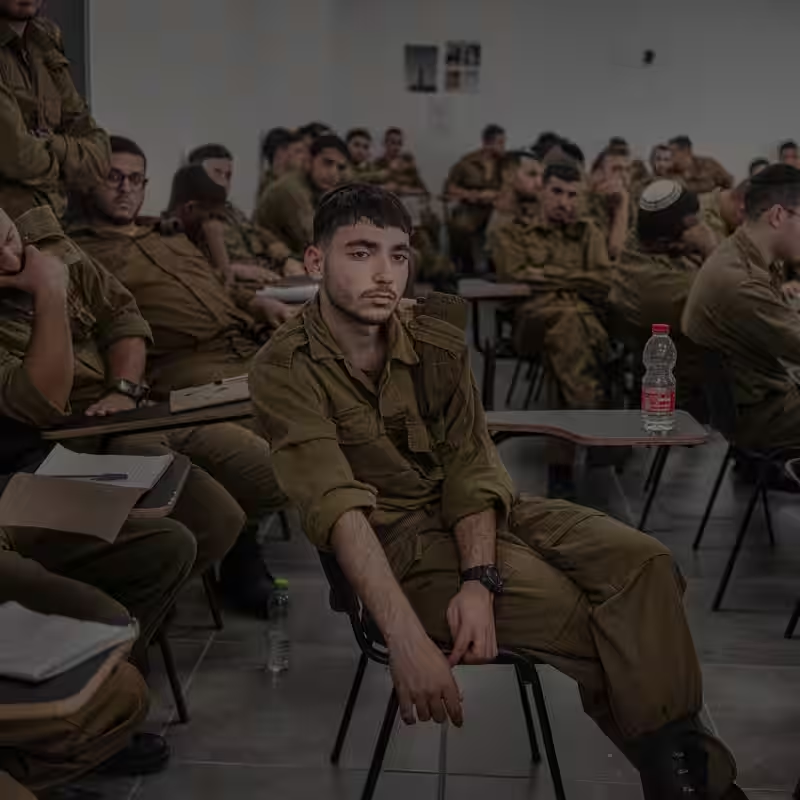Table of Contents
- The Funeral That Shook a Nation
- Haredi Draft Exemption: A Brief History
- Political Power Play
- Demographic Ticking Clock
- Public Backlash and Protests
- What Happens Next?
- Sources
The Funeral That Shook a Nation
On a sweltering July day in 2025, the streets of Beit Shemesh bore witness to a funeral that defied convention. Moshe Shmuel Nol, a 21-year-old Israeli soldier killed in Gaza, was laid to rest—but this was no ordinary military farewell. His parents, dressed in the traditional black suits and hats of the ultra-Orthodox Haredi community, walked in grief alongside Hasidic mourners with curled sidelocks and long beards. In a country where military sacrifice is a near-universal rite of passage, this image sent shockwaves across social media and news outlets.
Why? Because for decades, Haredi men have been largely exempt from Israel’s mandatory military draft—a policy now under fierce scrutiny as the war in Gaza drags on.
Haredi Draft Exemption: A Brief History
The Haredi draft exemption dates back to Israel’s founding in 1948, when just a few hundred yeshiva students were allowed to defer service to preserve Jewish religious scholarship after the Holocaust. Today, that number has ballooned: over 80,000 draft notices have been sent to Haredi men since mid-2024—but fewer than 3,000 have complied.
When the latest legal exemption expired in 2023, the government scrambled to pass a new law. But in June 2024, Israel’s Supreme Court ruled the blanket exemption unconstitutional—forcing the Defense Ministry to act.
Political Power Play
The issue isn’t just about military service—it’s about power. Haredi political parties hold nearly one-third of seats in Prime Minister Benjamin Netanyahu’s right-wing coalition. In exchange for supporting his controversial judicial overhaul—a plan to weaken the Supreme Court’s authority—they demanded permanent protection from the draft.
Critics argue this deal threatens Israel’s democratic foundations. “They’re trading judicial independence for draft immunity,” said one Tel Aviv-based political analyst. “It’s not just unfair—it’s unsustainable.”
Demographic Ticking Clock
Today, Haredim make up roughly 14% of Israel’s total population and 17% of its Jewish citizens. With some of the highest birth rates in the developed world, projections suggest they could represent 25–30% of the population by 2040.
This demographic surge fuels secular Israelis’ fears of a “theocratic takeover.” Many already resent the Orthodox rabbinate’s control over marriage, divorce, and burial—a system they call the “Orthodox monopoly.”
Public Backlash and Protests
Mass protests erupted in 2023 against the judicial overhaul, but beneath the chants of “demokratiya” lay deeper anxieties about religious coercion. “People aren’t just defending courts,” said a protester in Jerusalem. “We’re defending a vision of Israel as a modern, pluralistic state—not a halachic one.”
Now, with soldiers dying weekly in Gaza, the draft disparity feels increasingly unjust. “My son is on the front lines,” said one mother in Haifa. “Why should another mother’s son stay home studying while mine risks his life?”
What Happens Next?
The government remains deadlocked. Haredi leaders warn that forced conscription could spark civil unrest or mass yeshiva closures. Meanwhile, the IDF insists integration is inevitable—and necessary for national unity.
One thing is clear: the Haredi draft crisis is no longer just a military issue. It’s a referendum on Israel’s identity—secular or sacred, democratic or theocratic, unified or divided.
Sources
The New York Times: “The Battle Inside Israel Over Who Must Fight in Its Wars”




